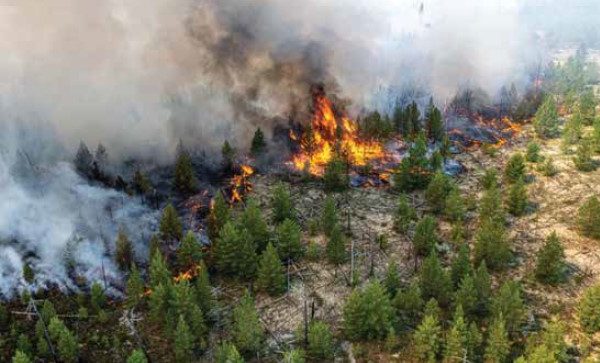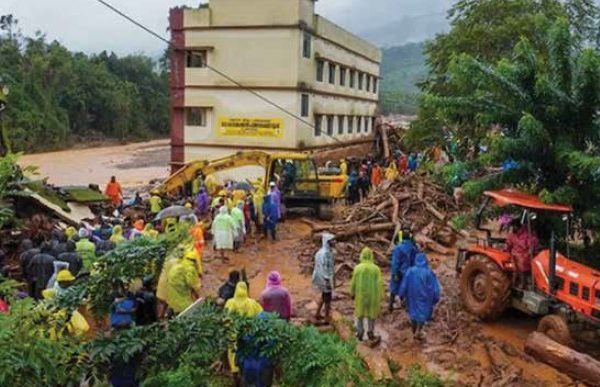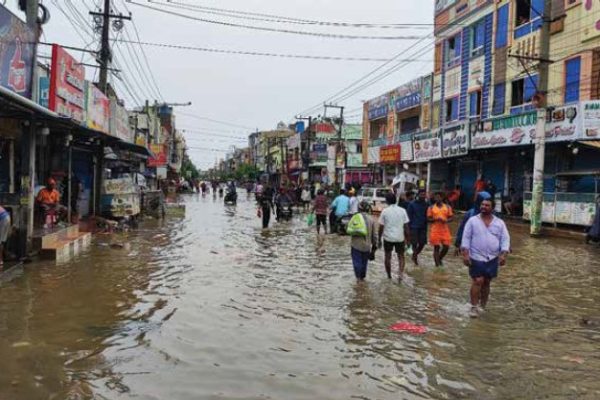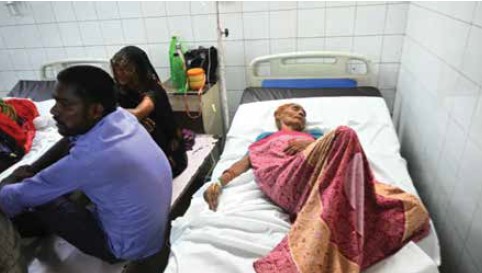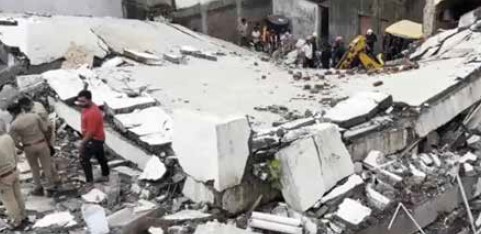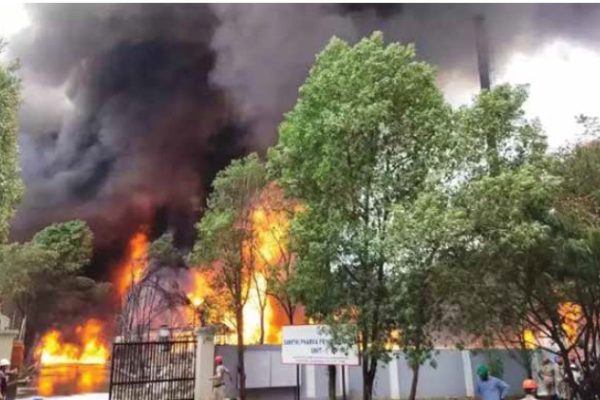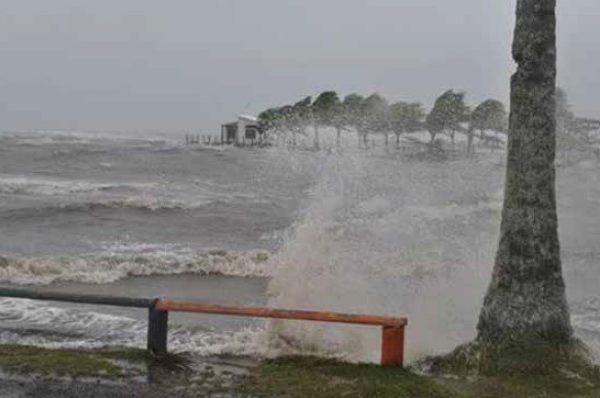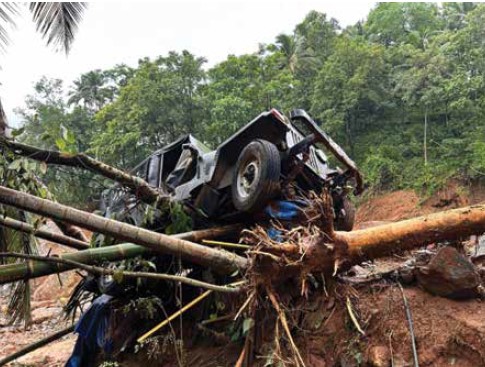
Strengthening Flood Resilience: Kazakhstan and the Netherlands Join Forces for Advanced Flood Risk Management
In the wake of catastrophic flooding that devastated Kazakhstan this spring—an event described by President Kassym-Jomart Tokayev as the worst disaster in over 80 years—the nation is taking bold steps to bolster its flood resilience. Extreme rainfall, coupled with dam breaches and significant snowmelt from the Ural Mountains, wreaked havoc across nearly a third of…


